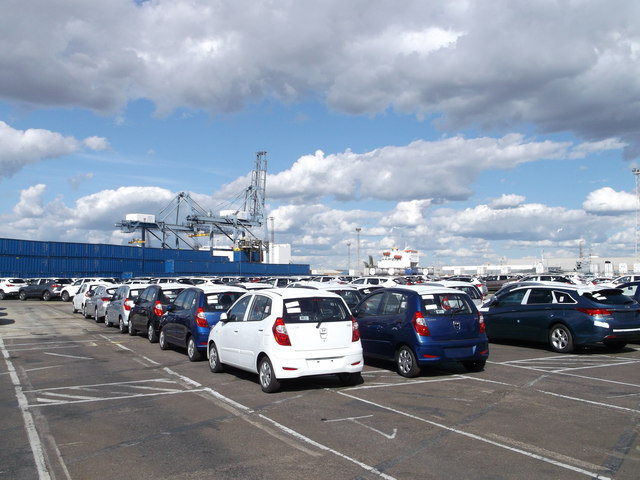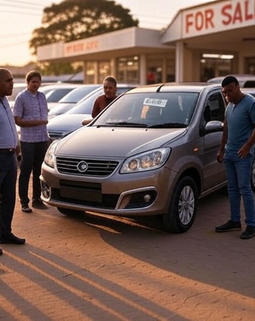The government of Zimbabwe plans to ban the importation of second-hand cars. This is to boost growth in the local motor industry.
The move is in line with the Zimbabwe Motor Industry Development Policy (ZMIDP) which was launched recently. ZMIDP is aimed at supporting the local motor industry in Zimbabwe, and it will run up to 2030. Importation of used vehicles annually costs $454,770 million on average in foreign currency. Mike Bimha, the Minister for Industry, Commerce and Enterprise Development, said that the process of phasing out importation of used cars would be gradual. Minister Bimha also revealed that a pre-shipment inspection policy for used cars would be applied. Similarly, they would ensure that the policy is of international standards.
According to Bimha, the Cabinet had already approved ZMIDP. Its implementation will be carried out as soon as all other processes were in place. Reports from the Zimbabwe National Statistics Agency (Zimstat) indicate that in 2016, second-hand cars had cost $240,311,411 in foreign currency. In the period between 2006 and 2016, importation of used vehicles had cost $5 002 471 434 in foreign currency.
In the first quarter of 2017, a total of 14,470 used cars were imported into Zimbabwe. In comparison, a total of 510,275 used cars were imported from 2007 to the end of first quarter of 2017. These reports were obtained from the Central Vehicles Registry (CVR). ZMIDP also reported that in 2000 and 2017, the government had a shift in policy which reduced import duty on Completely Built-Up units (CBU). As a result, import duties became way less to counter the massive subsidies experienced by neighbor countries. The policy change was due to the economic challenges encountered in the country during that period.
This situation led to shifts in preference to imported CBU cars from locally assembled ones. Imported second-hand vehicles are quite affordable with prices ranging from $3000 to $7000. This caused an influx of second-hand vehicles in the country disregarding local component manufacturers and assemblers. New vehicles cost around $10,000 and $20,000. Currently, imported used cars constitute 35% to 50% of the over 1.4 million vehicles in Zimbabwe. New vehicles in the country have dropped from the highest record at 20,000 units in 1997 to less than 3,154 units in 2016.
ZMIDP will see banks offering credit to motorists to help them acquire new cars from the local market. Among top objectives of ZMIDP is to promote local assembly of cars and their exports from 0% to 50% of the total production by 2026. It also seeks to encourage foreign direct and local investments into the local assembling industry and manufacture from 0% to 10% by 2026. ZMIDP is also set to increase local car assemblers’ capacity utilization up to 100% by 2026





